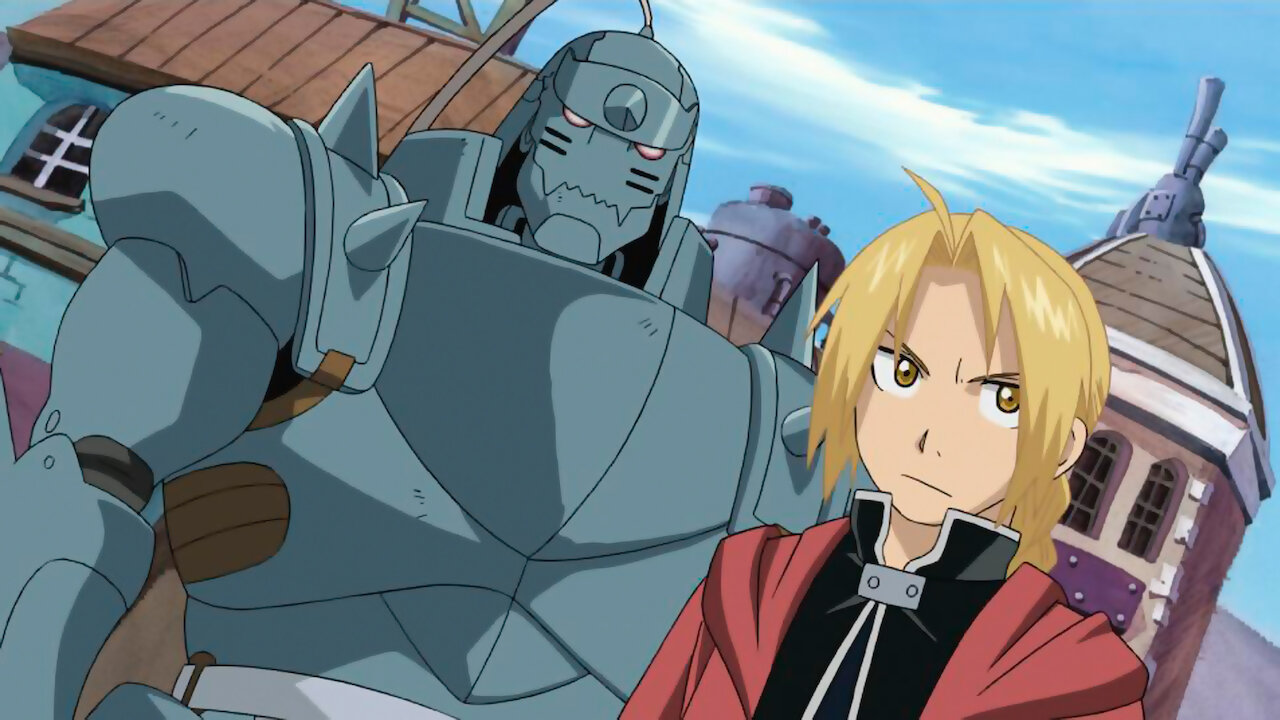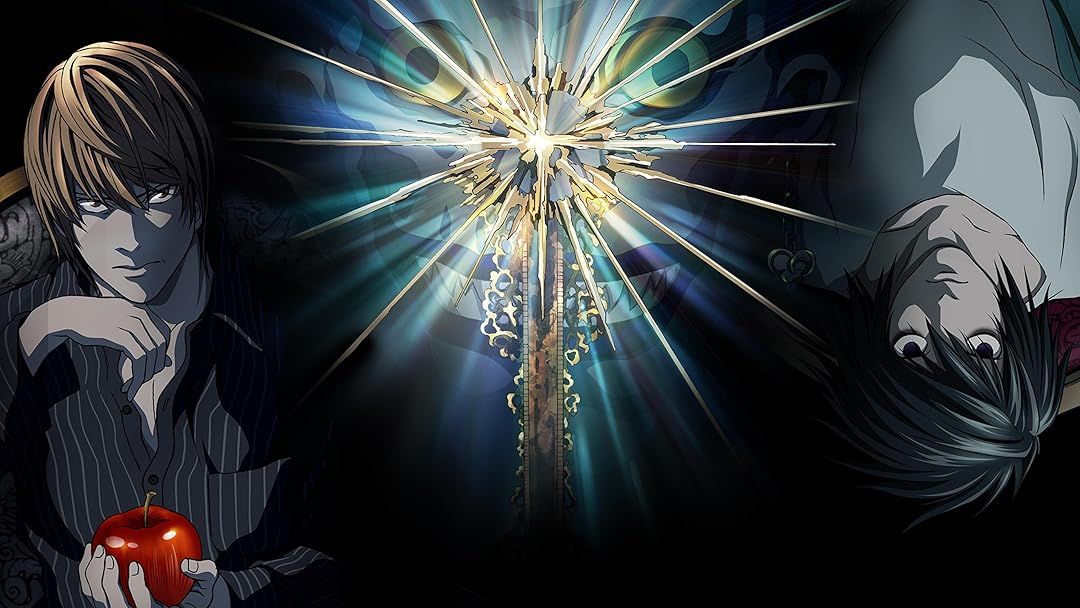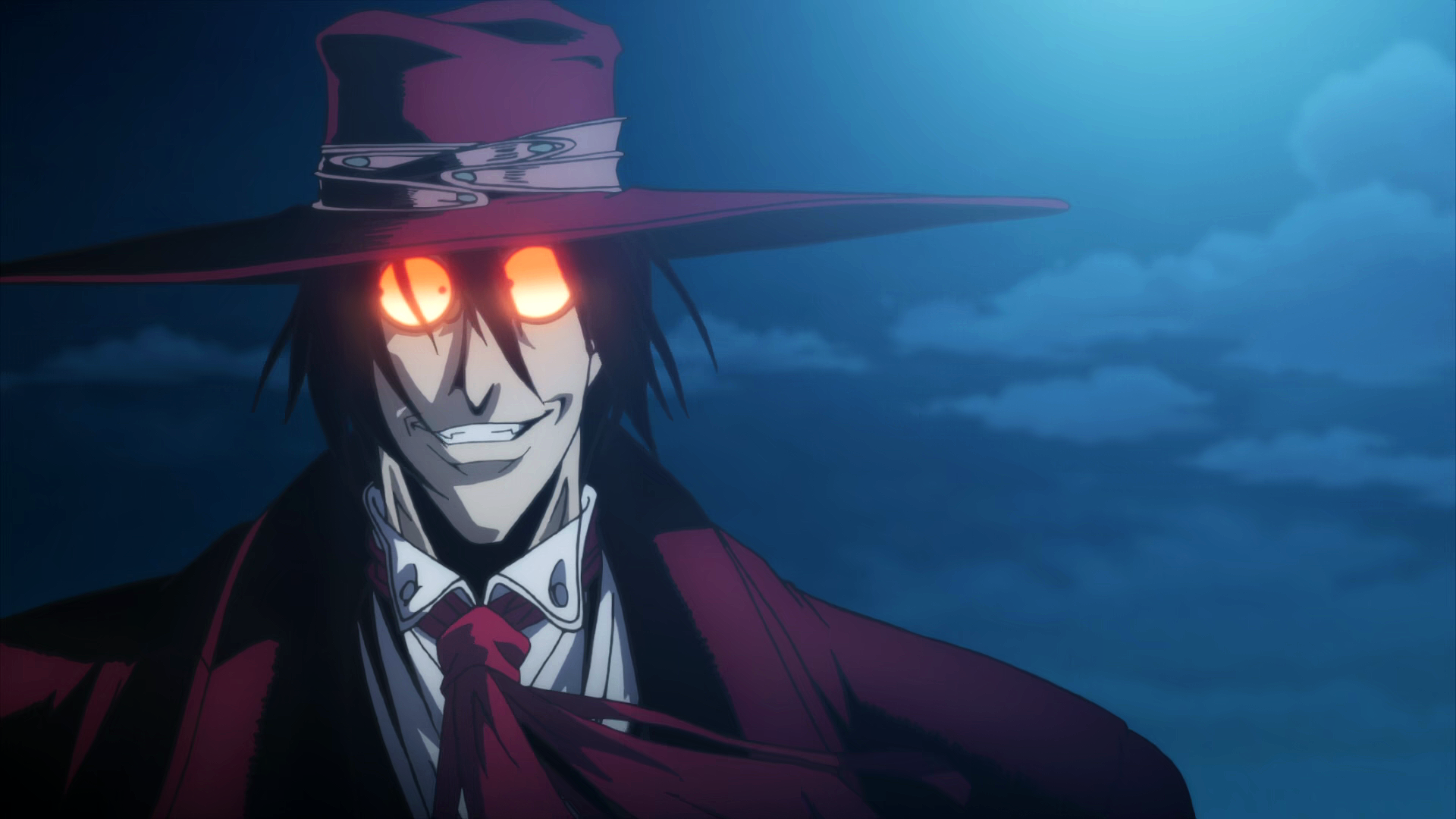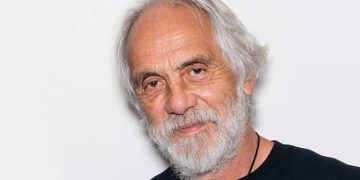Attack on Titan has become one of the most iconic anime series of the 21st century, known for its gripping storylines, complex characters, and jaw-dropping action scenes. If you’ve already binged the series and are looking for something that will give you the same level of excitement, intrigue, and high-stakes action, you’re in the right place.
In this, we’ll explore 18 anime series similar to Attack on Titan, offering a mix of intense battles, unique storytelling, and immersive worlds. Whether you’re a fan of dark fantasy, post-apocalyptic worlds, or intricate political dramas, these shows will keep you hooked from the first episode to the last.
Let’s go into these must-watch anime that will keep your heart racing and your mind engaged long after the credits roll.
1. Fullmetal Alchemist: Brotherhood

One of the most revered anime of all time, Fullmetal Alchemist: Brotherhood offers a compelling story of two brothers, Edward and Alphonse Elric, who attempt to bring their mother back to life using alchemy, only to face devastating consequences. Much like Attack on Titan, the series explores themes of sacrifice, war, and the consequences of seeking power at any cost. The plot’s intense action, emotional depth, and thought-provoking narrative make it an essential watch for fans of AOT.
2. The Promised Neverland
The Promised Neverland takes place in a seemingly idyllic orphanage, but as the children soon discover, their peaceful existence is a lie. This dark, suspenseful thriller shares some thematic similarities with Attack on Titan, especially in its focus on survival and the struggle against a larger, oppressive system. The clever twists and nail-biting suspense make it a must-watch for fans of psychological horror and mystery.
3. Tokyo Ghoul
In Tokyo Ghoul, a shy university student named Kaneki is turned into a half-ghoul after a near-fatal encounter with one of these flesh-eating creatures. The series explores themes of identity, humanity, and survival, all set in a dark, dystopian world. Much like Attack on Titan, it blends action, horror, and emotional depth, drawing viewers into a world where survival is a constant battle.
4. Neon Genesis Evangelion
Considered a classic in the anime world, Neon Genesis Evangelion shares Attack on Titan’s emphasis on psychological tension and humanity’s struggle against larger, existential threats. The story follows a group of teenagers who pilot giant bio-mechanical machines to fight mysterious, otherworldly beings. With its deep philosophical undertones and complex characters, it’s a must-watch for anyone who enjoys thought-provoking anime with dark themes.
5. Claymore
Set in a world plagued by terrifying monsters known as Yoma, Claymore follows a group of powerful female warriors, half-human and half-Yoma, as they fight to protect humanity. Like Attack on Titan, Claymore is full of action, intense battles, and moral dilemmas. It also delves into the theme of what it means to be human and the cost of protecting others, making it a great choice for fans looking for similar themes.
6. Vinland Saga
Vinland Saga is a historical epic set during the Viking Age and follows the story of Thorfinn, a young warrior seeking revenge against the man who killed his father. Much like Attack on Titan, Vinland Saga explores themes of war, revenge, and the harsh realities of battle. The show’s stunning animation and gripping story make it a fantastic watch for fans of high-stakes action and character-driven narratives.
7. Seraph of the End: Vampire Reign
In a post-apocalyptic world where humans are enslaved by vampires, Seraph of the End follows a young man named Yūichirō as he joins a group of soldiers fighting to free humanity. Like Attack on Titan, the series features intense action scenes and a desperate struggle for survival against overwhelming odds. The theme of fighting against a seemingly invincible enemy will feel familiar to AOT fans.
8. Sword Art Online
In Sword Art Online, players find themselves trapped inside a virtual reality MMORPG, where dying in the game means dying in real life. The series blends sci-fi with intense action and emotional drama, and while the stakes are different from Attack on Titan, it shares a similar theme of survival and facing overwhelming challenges. Fans of virtual worlds and high-stakes battles will find much to enjoy here.
9. Death Note

Death Note focuses on the moral dilemmas of a high school student who acquires a notebook that allows him to kill anyone by writing their name in it. The series is less action-oriented than AOT, but it shares the same level of psychological intensity, and its complex themes of justice, power, and consequence will appeal to those who love Attack on Titan’s deep character development.
10. Akame ga Kill!
In Akame ga Kill!, a young man named Tatsumi joins a group of assassins to fight against a corrupt government that oppresses the people. Much like Attack on Titan, Akame ga Kill! explores themes of rebellion, sacrifice, and the harshness of war. The series features action-packed sequences and a high body count, making it an exhilarating watch for fans of AOT.
11. Berserk
Berserk is a dark fantasy series that follows Guts, a lone mercenary who is caught in a bloody, war-torn world. Like Attack on Titan, Berserk explores themes of survival, revenge, and the brutality of war. The story’s deep psychological complexity, intense action, and harrowing narrative will resonate with AOT fans looking for a more mature, brutal experience.
12. Attack on Titan: Junior High
For fans of Attack on Titan who want a lighter, comedic take on the series, Attack on Titan: Junior High is a fun, parody-filled spin-off that reimagines the characters as middle school students. While it doesn’t offer the same intense drama as the original, it still provides a hilarious and entertaining experience for die-hard fans.
13. Code Geass
Code Geass is a high-stakes political thriller with mechs, rebellion, and strategic warfare. The protagonist, Lelouch, is a former prince who starts a revolution to bring down an oppressive empire. The series shares AOT’s focus on rebellion, power struggles, and ethical dilemmas. If you enjoy anime with intense mind games and morally complex characters, Code Geass is a must-watch.
14. Dorohedoro
In a dark, dystopian world where sorcerers rule over the common people, Dorohedoro follows Caiman, a man who has been turned into a reptilian monster, as he searches for the sorcerer responsible for his transformation. This series combines dark humor, intense action, and bizarre world-building, making it a great choice for fans of Attack on Titan who want something a little more offbeat but still engaging.
15. Hellsing Ultimate

Hellsing Ultimate follows the Hellsing Organization, which is led by Sir Integra Hellsing and uses vampires to protect Britain from supernatural threats. The series combines supernatural elements with high-octane action, making it a great choice for fans of Attack on Titan who are looking for an action-packed, dark fantasy series. The protagonist, Alucard, is a force to be reckoned with, much like the Titans themselves.
16. Parasyte: The Maxim
In Parasyte: The Maxim, a high school student named Shinichi becomes host to a parasitic alien that takes over his hand. As more parasites invade Earth, Shinichi struggles to maintain his humanity while dealing with the moral and physical consequences of being part alien. Like Attack on Titan, this series deals with humanity’s survival against a seemingly unstoppable force, making it a compelling watch for fans of intense, thought-provoking anime.
17. Gantz
Gantz is a dark, action-packed anime where a group of people is forced to fight alien invaders after their deaths, with the promise of returning to life if they succeed. The series explores themes of life, death, and the randomness of existence, with plenty of gore and action. Fans of Attack on Titan’s high-stakes battles will enjoy Gantz’s brutal, no-holds-barred combat.
18. Attack on Titan: The Final Season
For those who haven’t caught up yet, Attack on Titan: The Final Season is essential viewing. With new plot twists, character arcs, and revelations, this season continues the story in ways that will leave you on the edge of your seat.
[Updated: 04/04/2025]




